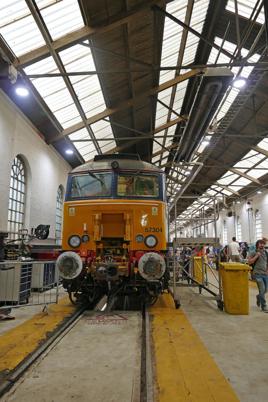David Clough explains how the Class 57s came into being, and reviews their continuing relevance to today’s railway.
When diesel motive power was divided between operators in the lead-up to railway privatisation, Freightliner received an allocation of 125 Class 47s, of which seven were stored and four withdrawn.














Login to comment
Comments
No comments have been made yet.